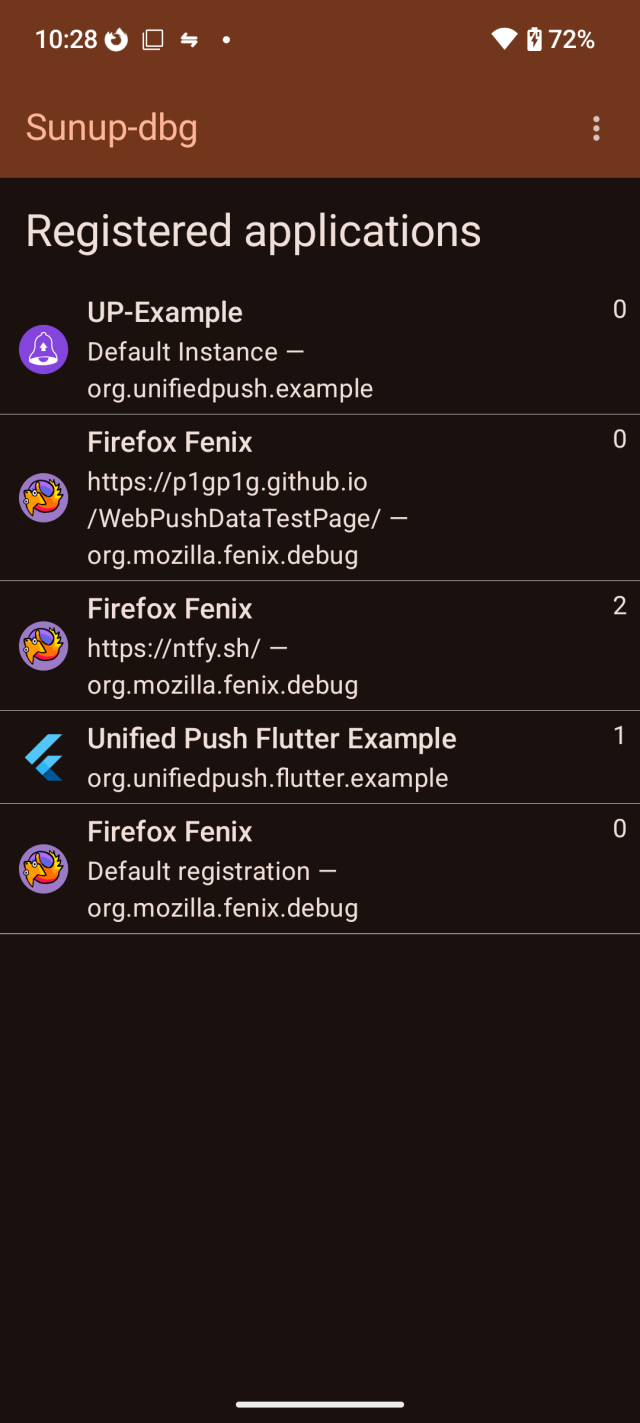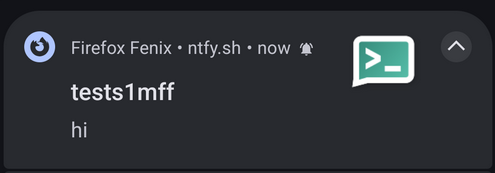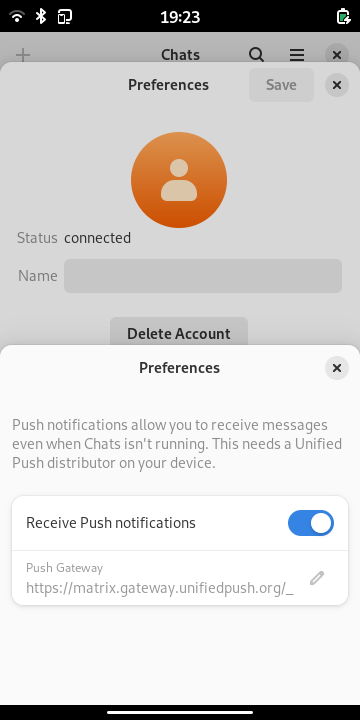Push-Benachrichtigungen auf Android-Handys ohne Google. Dezentralisiert und Open Source.
Mit Open Source Tools wie microG bekommt man zwar erfolgreich proprietäre Google Software von seinem Android-Handy verbannt; die eigentlichen Benachrichtigungen werden aber dennoch über Google Server verschickt (Firebase Cloud Messaging).
UnifiedPush ist ein Framework, mit dem Push-Benachrichtigungen dezentral bzw über selbst betriebene Server zugestellt werden können. Zahlreiche Open Source Android Apps unterstützen bereits UnifiedPush. Unter anderem: Tusky, Fedilab, DAVx⁵, Fennec, Element (mit Einschränkungen) und viele mehr.
Dieser Vortrag erklärt, wie Push-Benachrichtigungen im Allgemeinen funktionieren und warum sie trotz ihres eventuell schlechten Rufes eleganter sind, als jede App eine eigene Serververbindung aufbauen zu lassen.
Des Weiteren werden mögliche Privacy-Probleme erörtert die mit der Benutzung von Google Push Servern einhergehen.
Anschließend wird die Architektur von UnifiedPush erklärt.
Der Vortrag endet mit einer praktischen Anleitung wie man UnifiedPush auf einem Android-Handy benutzt.


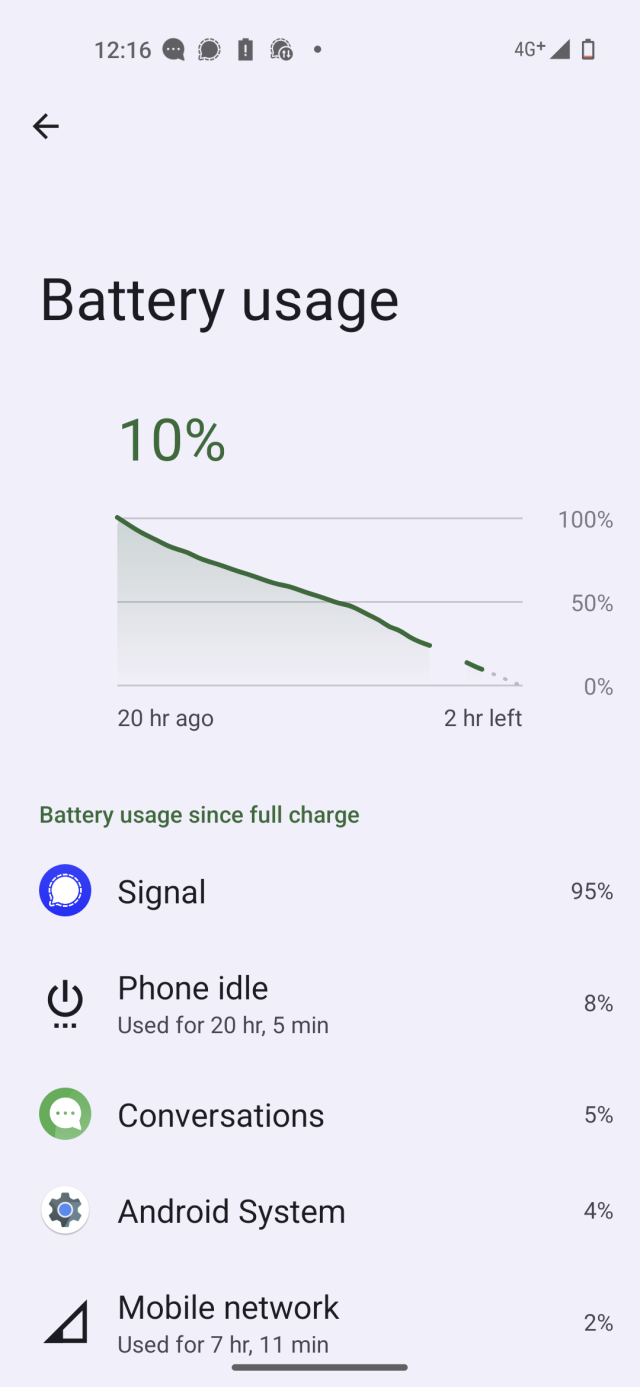
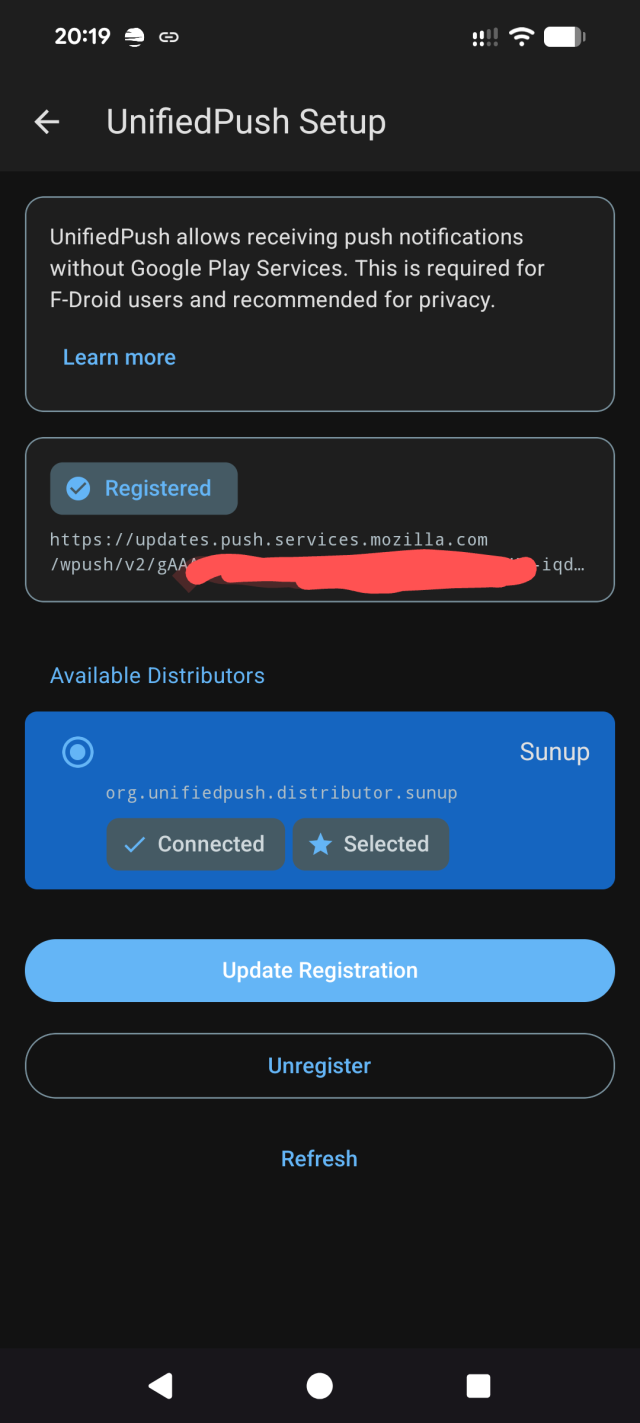




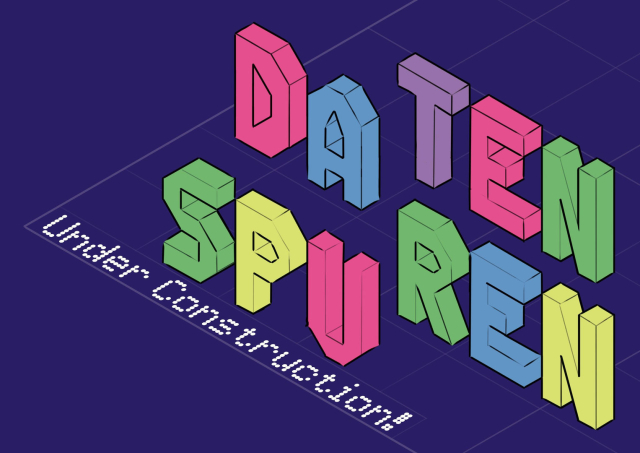
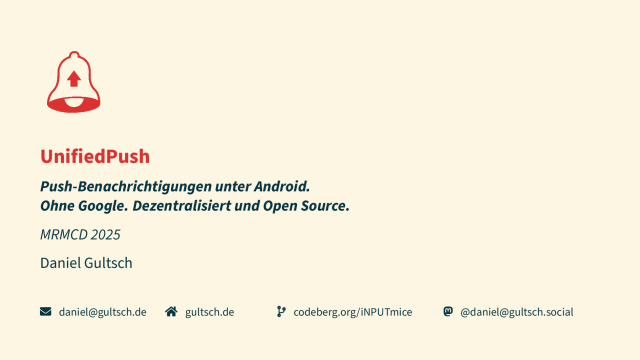
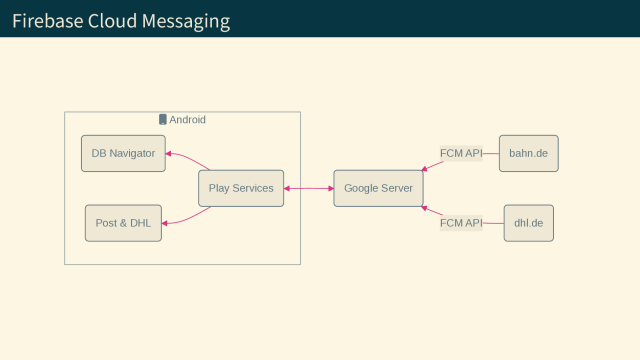

![A screenshot of a push notification form Reddit.com through the IronFox Webbrowser.
'[Redacted] commented in "this is a test"
Jetzt fällt mir nichts lustiges mehr ein törööö' A screenshot of a push notification form Reddit.com through the IronFox Webbrowser.
'[Redacted] commented in "this is a test"
Jetzt fällt mir nichts lustiges mehr ein törööö'](https://fedi.ml/photo/preview/640/685478)


